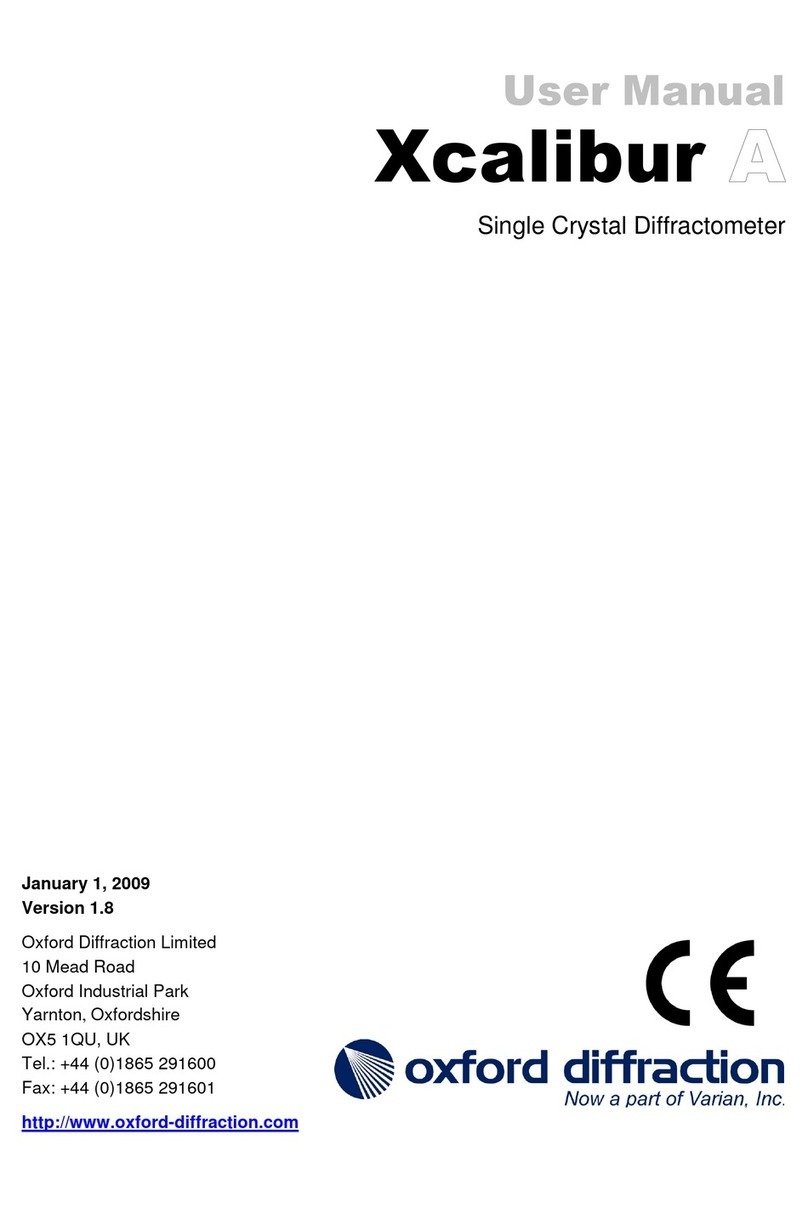
Contents
1. Pre-installation Check List.............................................................iii
2. Health and Safety Information ........................................................1
2.1 General.................................................................................................................................... 1
2.2 Electrical Safety....................................................................................................................... 2
2.2.1 Potential Electrical Hazards ........................................................................................... 2
2.2.2 Recommended Precautions........................................................................................... 2
2.2.3 First Aid .......................................................................................................................... 3
2.3 Mechanical Handling Safety.................................................................................................... 3
2.4 Safe Mechanical Practice........................................................................................................ 3
2.5 Moving Parts ........................................................................................................................... 3
2.6 X-ray Radiation........................................................................................................................ 4
2.7 Extreme Temperatures............................................................................................................ 5
2.8 Vacuum ................................................................................................................................... 5
2.9 High Pressures........................................................................................................................ 5
2.10 Hazardous or Toxic Materials ...............................................................................................6
2.11 Modifications and Service ..................................................................................................... 6
3. Introduction ......................................................................................7
3.1 Scope ...................................................................................................................................... 7
3.2 How To Use This Guide .......................................................................................................... 7
3.3 System Overview .................................................................................................................... 7
4. Specifications...................................................................................8
4.1 Environmental Requirements..................................................................................................8
4.2 Services................................................................................................................................... 8
4.2.1 Electrical Supply............................................................................................................. 8
4.2.2 Mains Supply Water Cooling.......................................................................................... 9
4.2.3 X-ray Tube Cooling Water.............................................................................................. 9
4.2.4 Helium Gas Supply (where applicable).......................................................................... 9
4.3 Performance Data ................................................................................................................. 10
4.3.1 X-ray Tube (Typical Operating Conditions).................................................................. 10
5. Handling, Installation, Storage and Transit Information ............11
5.1 Reception and Handling........................................................................................................ 11
5.1.1 Delivery........................................................................................................................ 11
5.1.2 Unpacking .................................................................................................................... 11
5.1.3 Mechanical Handling.................................................................................................... 12
5.2 Installation and Setting to Work ............................................................................................14
5.2.1 Preparation of Site and Services ................................................................................. 14
5.2.2 Setting to Work............................................................................................................. 18
5.3 Storage.................................................................................................................................. 21
6. Drawings.........................................................................................22
6.1.1 Mechanical Drawings ................................................................................................... 22
6.1.2 Electrical Drawings.......................................................................................................23
Appendix Example of Local Rules for the Xcalibur or Gemini
System Set-up at Oxford Diffraction ................................................25






























